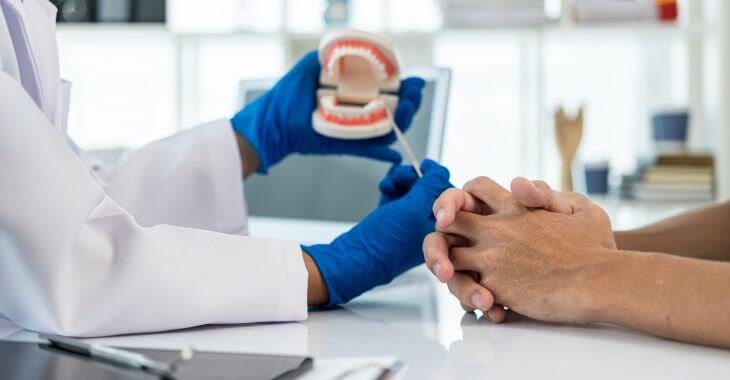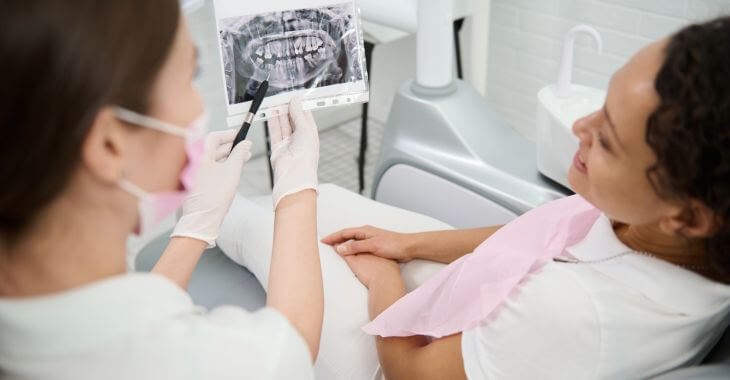What is a Three-Quarter Crown?
Well, a three-quarter crown is exactly what it sounds like! Think of what a dental crown looks like – a restoration that covers your entire tooth. Now imagine that it is only needed to cover roughly three-quarters of a tooth. Let’s take a look at how three-quarter crowns are used and why they are great restorative options.
Inlays and Onlays
Three-quarter crowns are more accurately known as inlays or onlays. They fit like puzzle pieces into or onto a tooth without completely covering it as regular crowns do. An inlay is designed to fit snugly into a prepared part of the tooth on the groovy (valley-like) chewing surface. An onlay is crafted to perfectly match part of the tooth’s shape, which includes replacing at least one of the cusps (mountains) on the chewing surface.
Why a Three-Quarter Crown?
Sometimes, decay or fracture damages a tooth too far for a moldable filling to be a sufficiently strong replacement. But what if you have enough healthy tooth structure that doesn’t justify a crown? Meet halfway with an inlay or onlay. These little three-quarter crowns are typically designed with the help of digital technology for a precise fit. The damaged portion of your tooth is removed. The partial crowns are fashioned outside of the mouth from a solid piece of tooth-colored material and then cemented into place. They can also be made out of gold.
The Benefits of Three-Quarter Crowns
These partial crowns offer a snug fit that reduces the chances of decay coming back. Because inlays and onlays are one solid piece, they improve the strength of your tooth. Three-quarter crowns are also great because they preserve a good deal of natural teeth.
Contact your dental office to learn more about the restorative options available to you such as the strong and beautiful three-quarter crowns.
The information provided on this website, including text, graphics, images, and other materials, is intended solely for informational purposes and should not be used as a substitute for professional medical advice, diagnosis, or treatment.



)